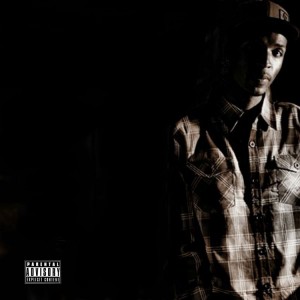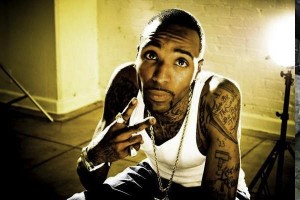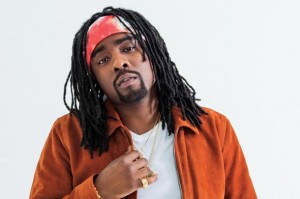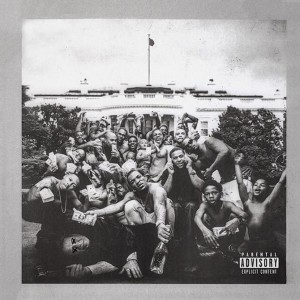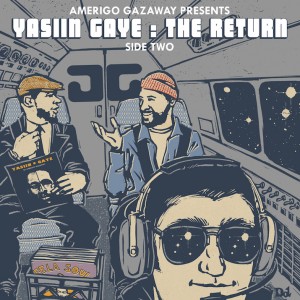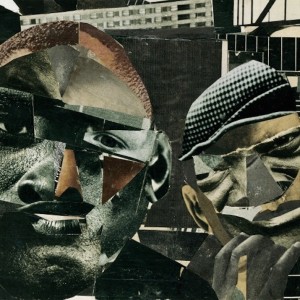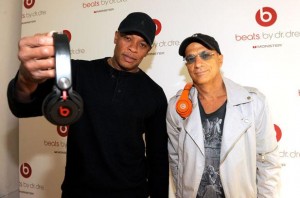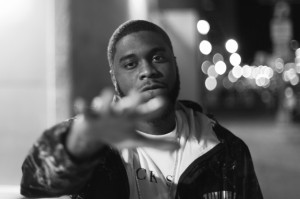Album Rating System 3 out of 5 records
The third album in Cashis’ trilogy of The County Hound is The County Hound 3. In the spirit of dank, makeshift, in-home studios, the beat-smiths that make simple productions, the part-time rapper, part-time weed peddler, the codeine sippers, and gangsters, CH3 is hand crafted just for you.
Cashis has quite a past in the music business starting his career in Orange County, California, where he relocated from his native Chicago. He was discovered in the mid-2000s and signed to Shady Records, where his introduction to the world was on Eminem’s 2006, Eminem Presents: The Re-Up, a compilation album featuring 50 Cent, Lloyd Banks, Bobby Creekwater, and others. From these experiences propelled the career of Cashis and his tenacious hustle that has kept him afloat all these years. Although existing under the surface, he’s been consistent in keeping a buzz in the Internet world, releasing four albums, four EPs, and about thirteen mixtapes.
CH3 falls in between Chicago drill and west coast G-Funk with a tinge of Houston, Texas accented in the pace of the music. The tone of CH3 is defined in the intro where he states, “Real n*ggas only advised to listen. No sucka n*ggas, no soft n*ggas, no squares, no lames, no punks, no frauds.” Cashis’ excessive gangsta talk doesn’t allow for much flexibility in his content, albeit he seems to be at his most comfortable in this position – and not exactly biased about rival gang affiliations, either. This is made clear in Turn Up. “If you Folks you my folks/F*ck a hater n*gga/…My little brother Gucci getting that paper n*gga/and that’s my blood, black, P-Stone Ranger, n*gga.”
(Click here to check out the Writing Battle Rap History Website)
Moving from Chicago to Irvine, California, a suburb in the O.C., is depicted by Cashis as a place that is overlooked for its gang affiliations. A
few years ago gang members and thugs from the outskirts of the inner city would be placed in a wanna-be caste system, but nowadays, because of a falling middle-class, the suburban thug is actually a realization. You wouldn’t be able to tell based on CH3’s gangster narratives that the turf sits in the white picket fences of the American dream. The ambiguity between inner city and suburban life isn’t clarified enough and you begin to wonder, aside from the contrast in population density, are the two really that much different?
The most exciting moments on CH3 are the Young Buck assisted, Kingpin and Work. Buck, a G-Unit veteran, brings much needed energy that kills the monotony of Cashis’ drawn out, codiene-flow. Unfortunately, features that include, Mac Lucci, Project Pat, Sullee, Roscoe, Britizen Kane, and even a producer credit from Eminem on Thug Boydoesn’t do enough to salvage CH3. Cashis’ raps get drowned in melancholies and there isn’t enough variation in his voice or the tracks produced by Rikanatti to combat the album’s overwhelming gloom.
CH3 isn’t for everybody. It was made for Cashis’ core fan base – the people who’ve been there supporting him from the beginning. There is much to be respected about an emcee who has made their own way and has successfully capitalized off the online market. Although Cashis’ CH3 falls short it leaves you respecting the hustle, not necessarily the music.
Download CH3 here https://itunes.apple.com/us/album/the-county-hound-3/id976258748
© Copyright Eddie Savoy Bailey III, 2015
Written by: Eddie Bailey of The Savoy Media Group
Email: writingbattleraphistory@gmail.com

